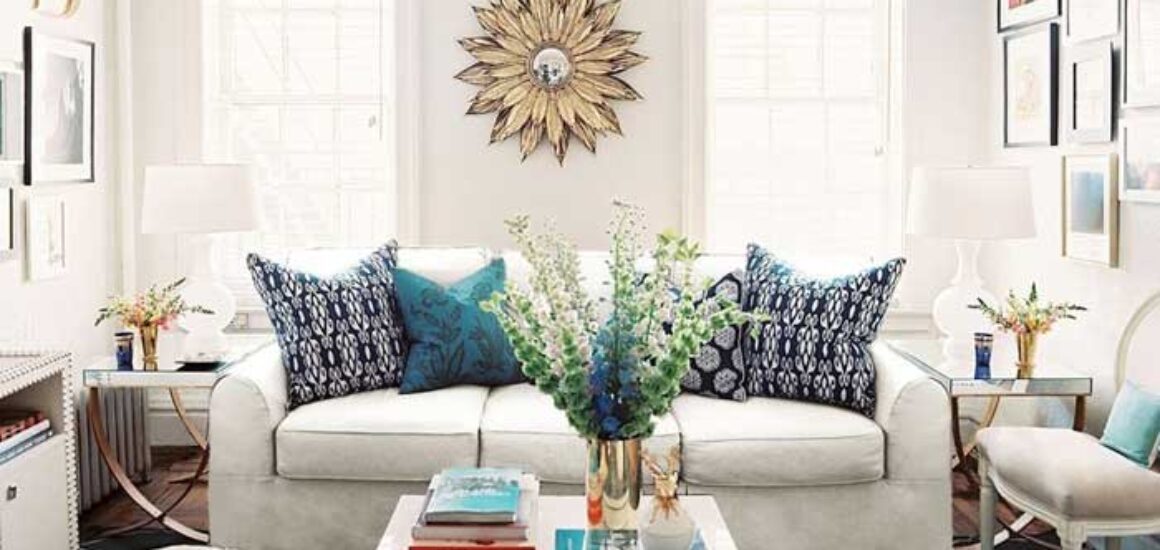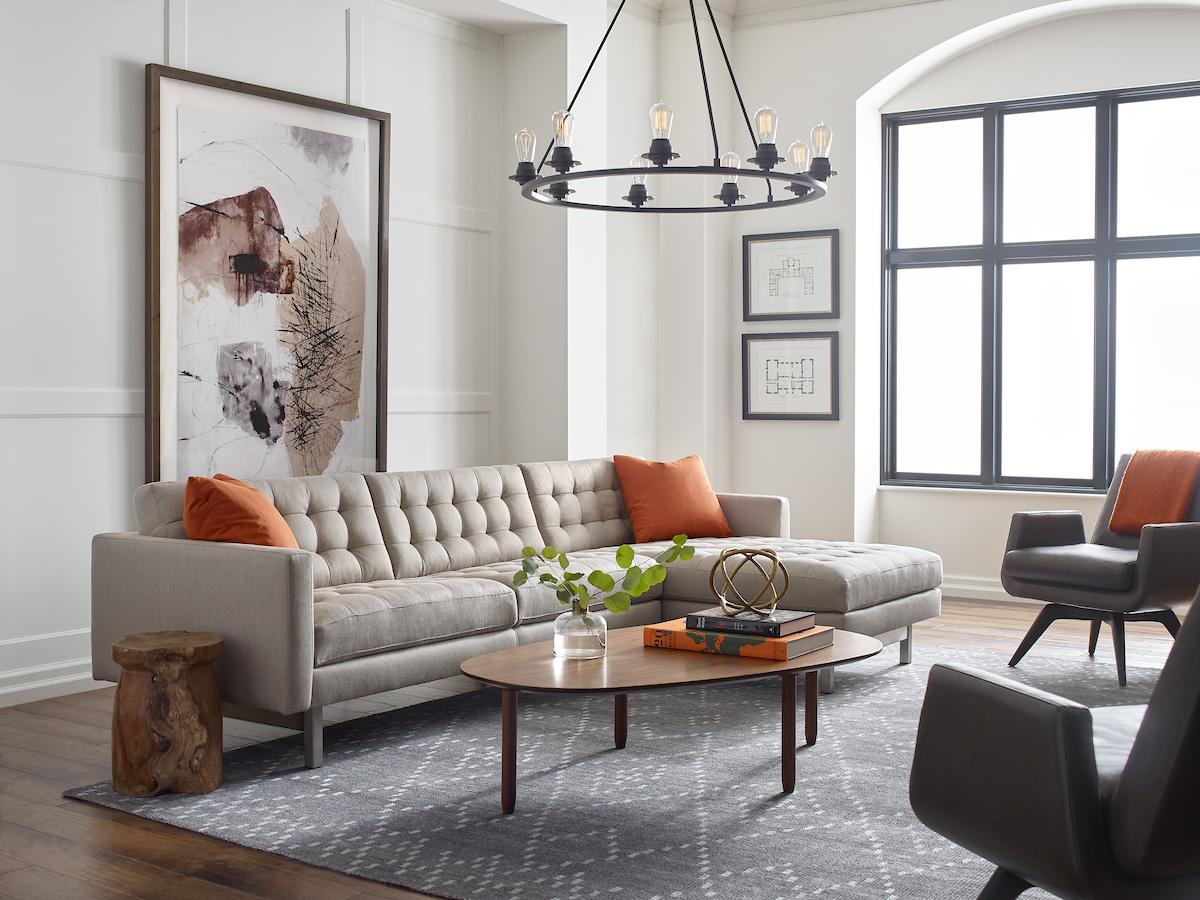The 7 Elements of Interior Design
There are 7 interior design elements, space, line, form, light, color, texture, and pattern. It is important to consider all 7 elements when creating a beautiful design style. Here are the 7 elements and what they do for a room.

Space
Space includes the width, depth, and height of the room. In interior design, both positive and negative space is important. Positive space has objects within the space, while negative space is empty. The scale and size of furniture can manipulate the look and feel of the space.
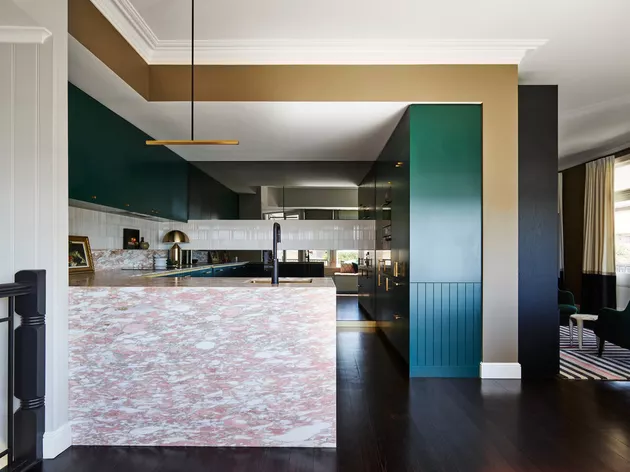
Line
Horizontal, vertical, and dynamic lines are created by the furniture in the space. They form structure and can highlight specific features of the space. Lines are also used to create an illusion of a taller or wider space.
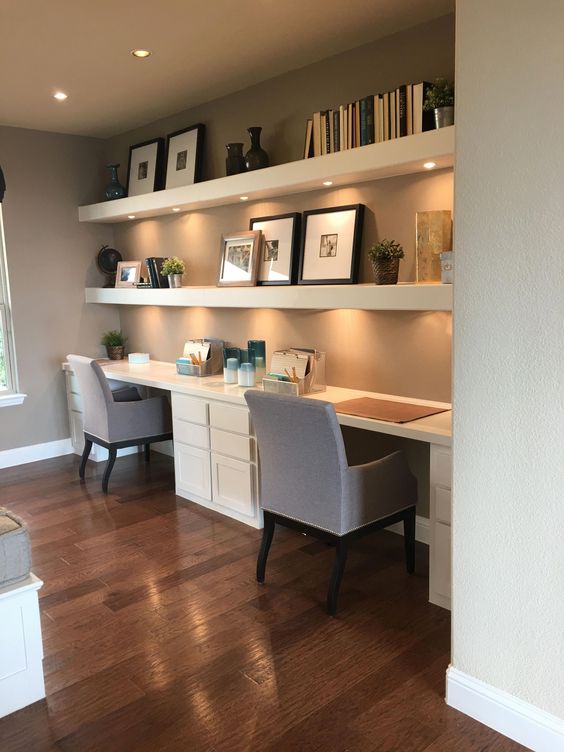
Form
The objects in the room and the shape of the room are referred to as geometric or natural forms. They work together to develop and maintain a visual balance with the space. Usually a dominant form will be used throughout the space to create a harmonious design style.
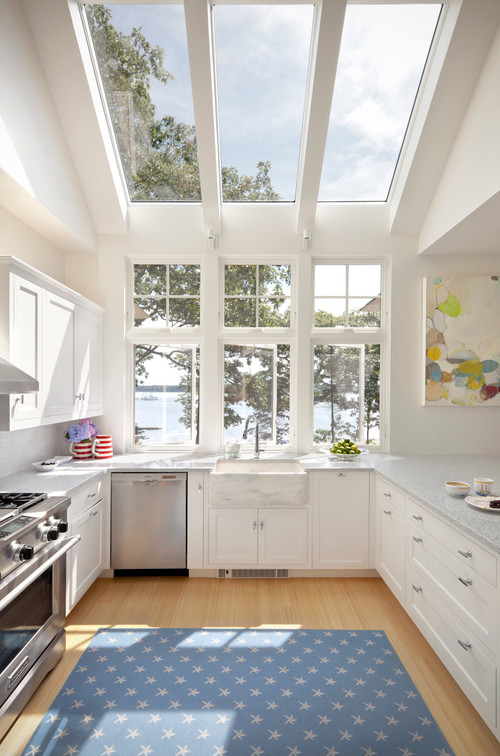
Light
Light is one of the most important design elements. In order for a room to be functional, it needs both natural and man made light. Light creates the overall ambiance of the space. You can also use light to manipulate the size of the space. For example, a small room can feel and appear larger with lots of natural light.
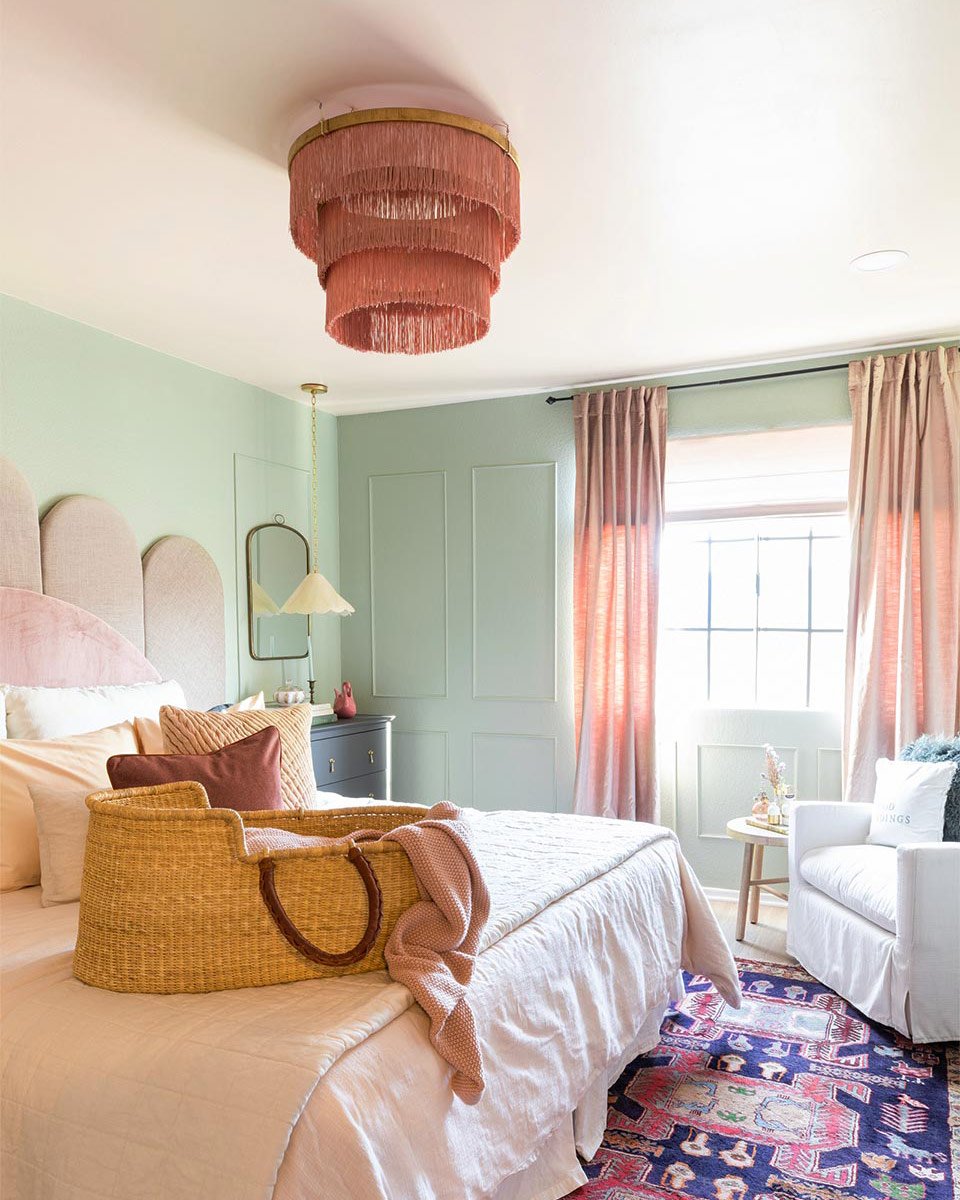
Color
Pairing colors can make or break the space – and you! There are set of rules dedicated to pairing colors and how it affects you and your lifestyle. Consider these three things when deciding what colors to use in your design – the function of the space (e.g., bedroom, kitchen, home office, etc.), the size of the room, and the amount of natural light versus man made light.
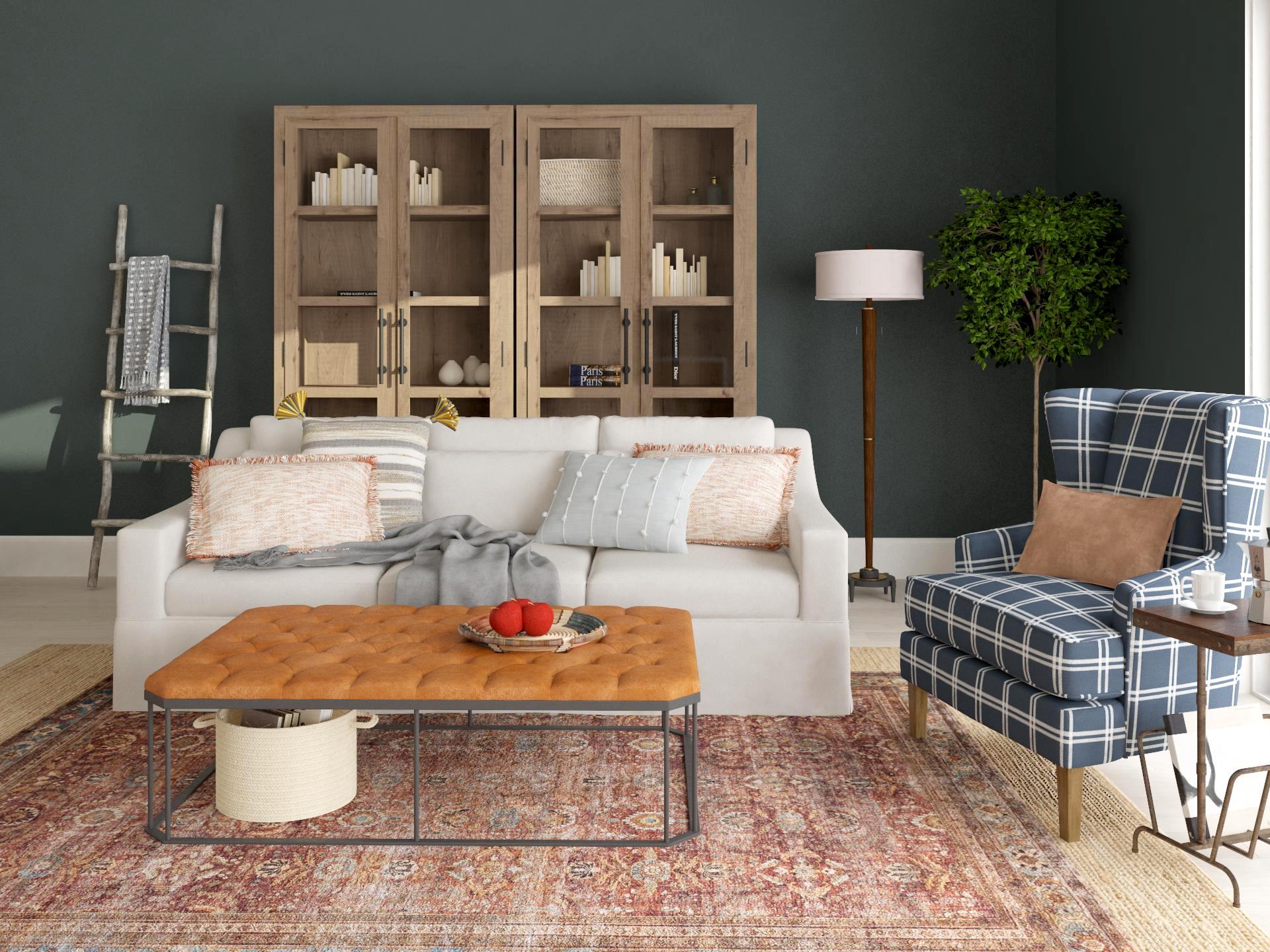
Texture
Texture is a physical form and a visual form. Creating an aesthetically pleasing design has to include both physical and visual texture. Physical texture is something you can actually feel, like a leather sofa, a soft toss pillow or a plush area rug. Visual texture can be a photo of a cactus, patterned wallpaper, or a wooden bookshelf. Both types of texture add depth to the design.
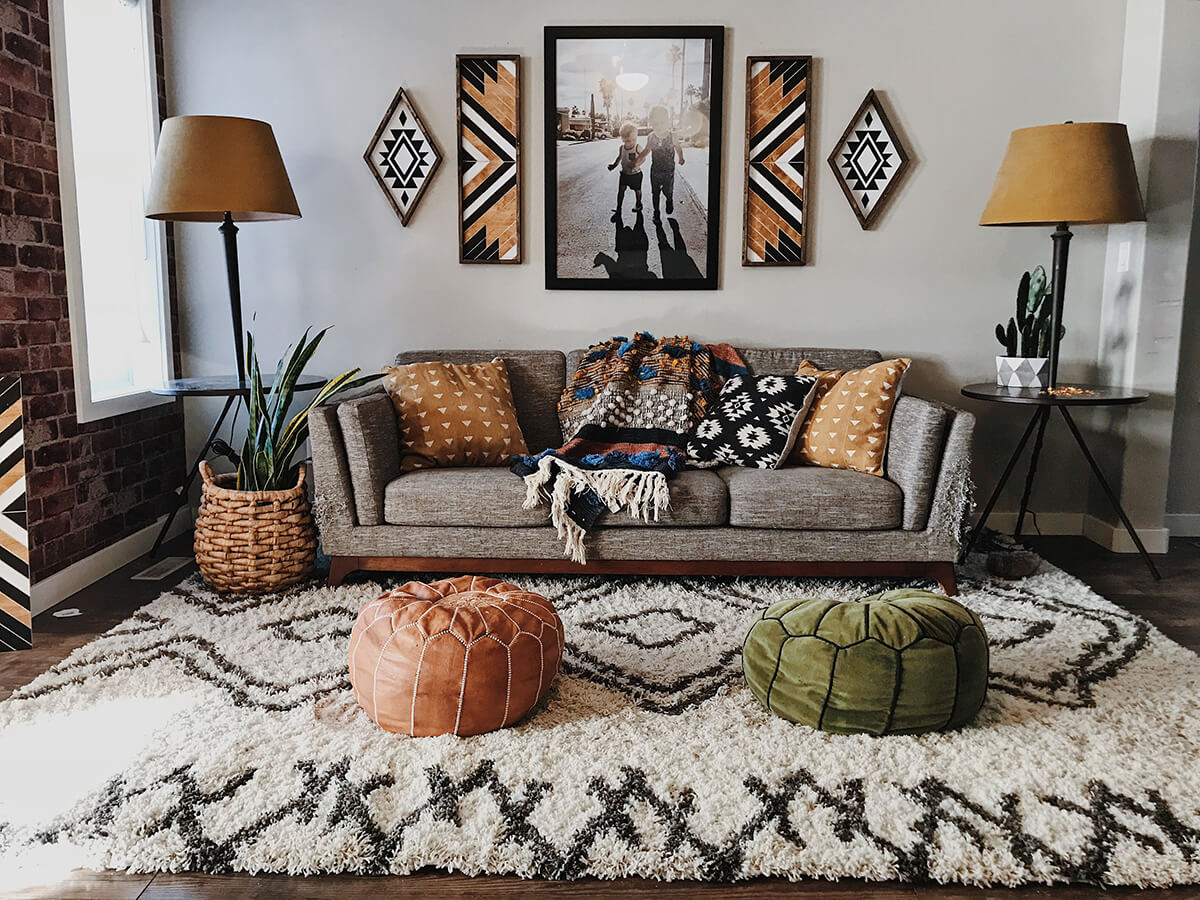
Pattern
Pattern can also be a visual texture. Patterns can be found on upholstery, wallpaper, wall art, and rugs. Depending on the design, color, and amount of pattern in a room, they can also orchestrate the shape and size of the space.
